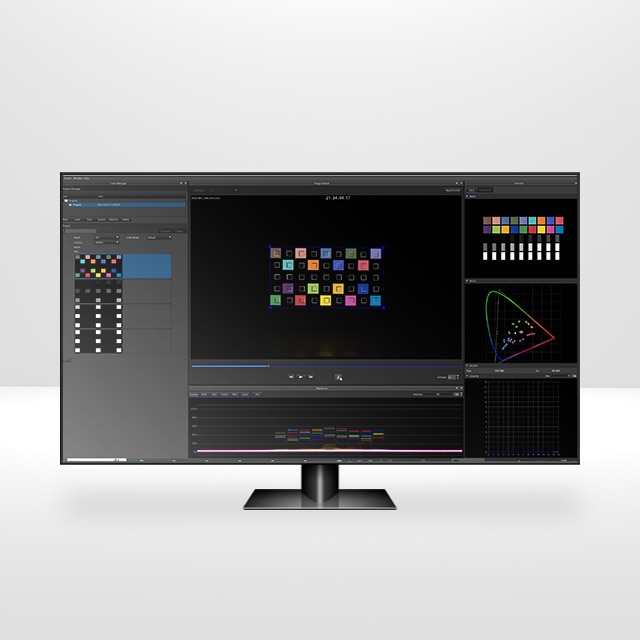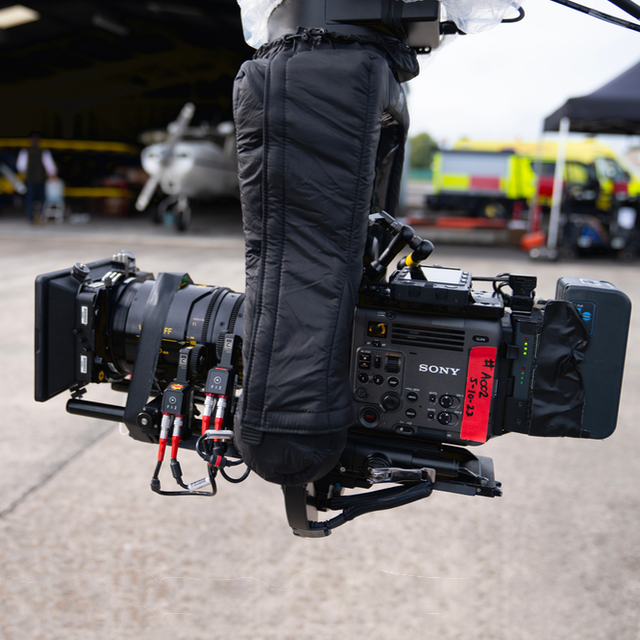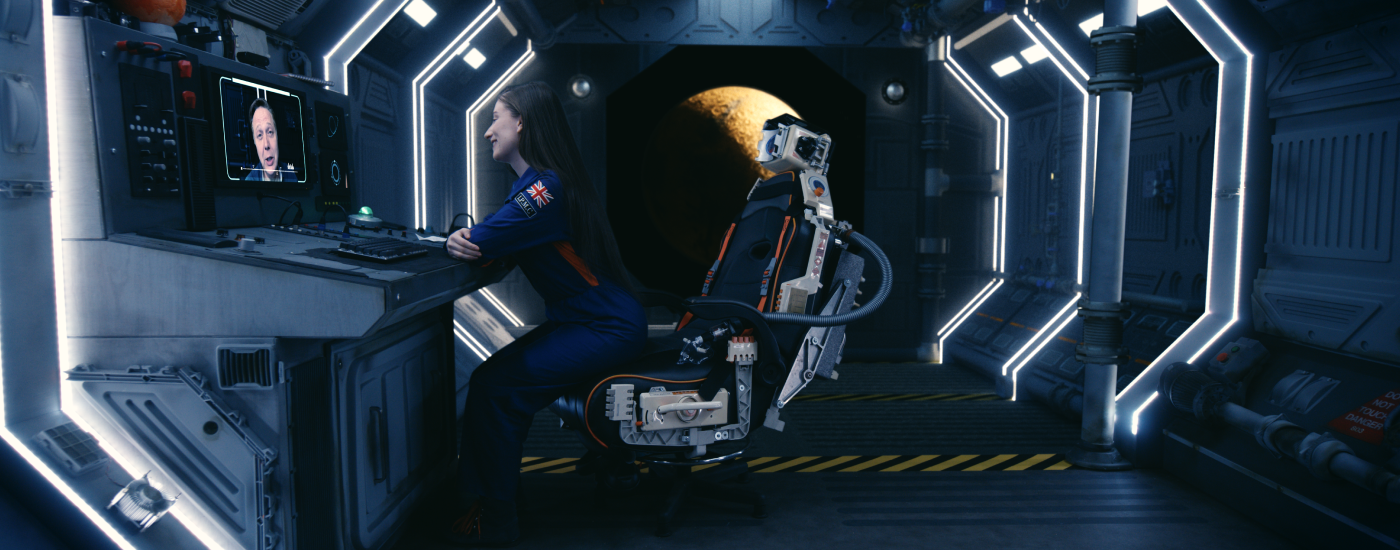
Creating ‘Hestia’: a space odyssey in Virtual Production
Red Robin Films’ co-directors, Kieran Lowley and Isobel Drane, together with Shahidul Khan collaborated with Sony Professional to create a tense, poignant film, set in the vast emptiness of space. And it all happened within the Sony Digital Media Production Centre Europe (DMPCE) at Pinewood Studios UK, using Sony’s virtual production solutions, including the new VERONA Crystal LED and the BURANO and VENICE 2 cinema cameras.
Hestia: Behind The Scenes video directed by Hayz and Eslea. Produced by All We Do.
Pushing boundaries
Sci-Fi is, by definition, the genre most focused on technology, the future, and the impossible. So perhaps it isn’t surprising that Sci-Fi filmmaking often embraces the most innovative filmmaking technologies, pushing and stretching what they can do.
For years, huge amounts of CGI, VFX and green screen work have gone into creating entirely new worlds—and the spaces between them. Now, virtual production technologies are blending real-world shooting with digital technologies to unlock more flexible, efficient and compelling filmmaking. Something of which young directors Isobel Drane and Kieran Lowley were only too aware, as they considered how to approach production of their Sci-Fi short, Hestia, which charts the fortunes of an ill-fated explorer on a mission to Mars.
“We’d shot a 2-minute film over a weekend, using a green screen, then shared that in a group chat that included Chris Couzens from Sony,” says Lowley. “He quickly suggested we could do some test shots with Sony’s Virtual Production set-up at the DMPCE, and we jumped at the opportunity.”
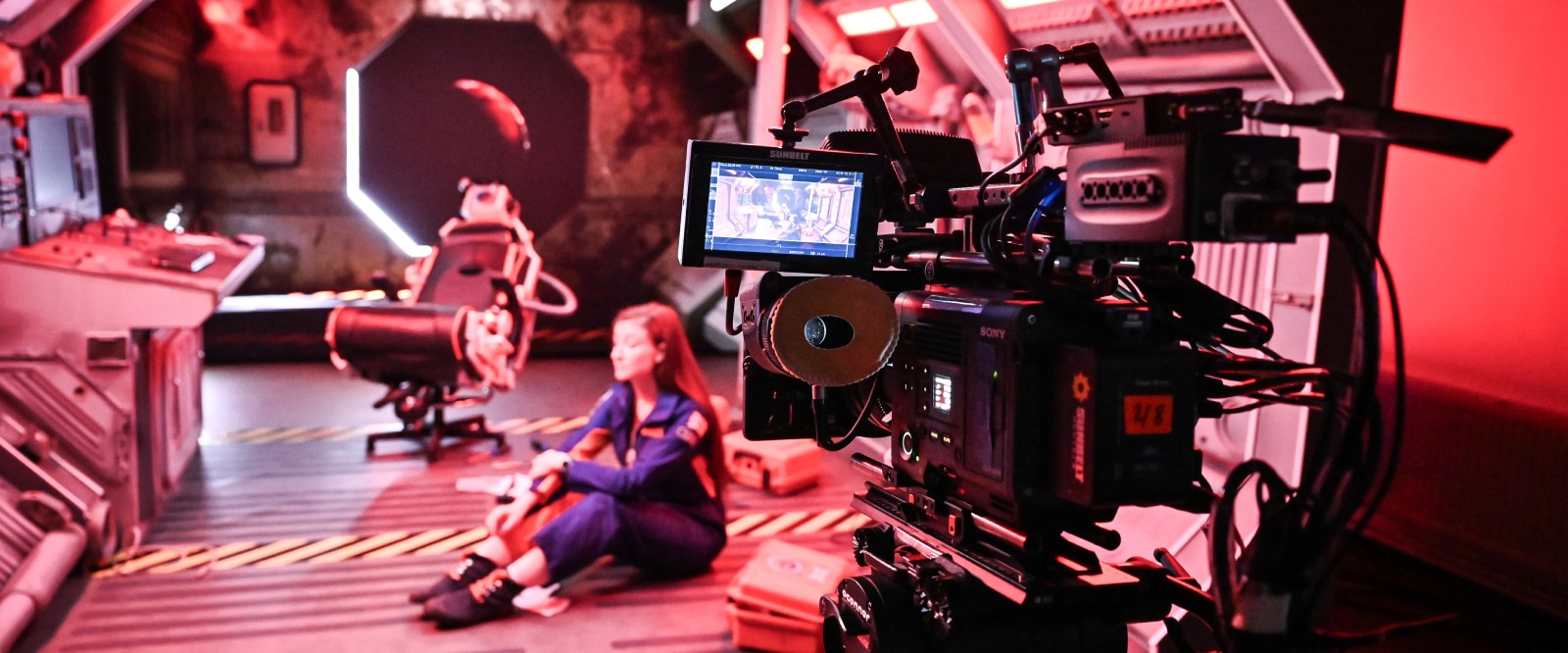
Fast forward just seven weeks, and they were filming on a small custom-built set at the Sony Digital Media Production Centre, using BURANO and VENICE 2 Cinema Line cameras with Zeiss Prime lenses. These were paired with Sony’s virtual production solutions, including VERONA Crystal LED and the Virtual Production Toolkit, to make their vision of ‘Hestia’ a reality. As they arrived for their first day of filming, the benefits of virtual production over green screen quickly became clear.
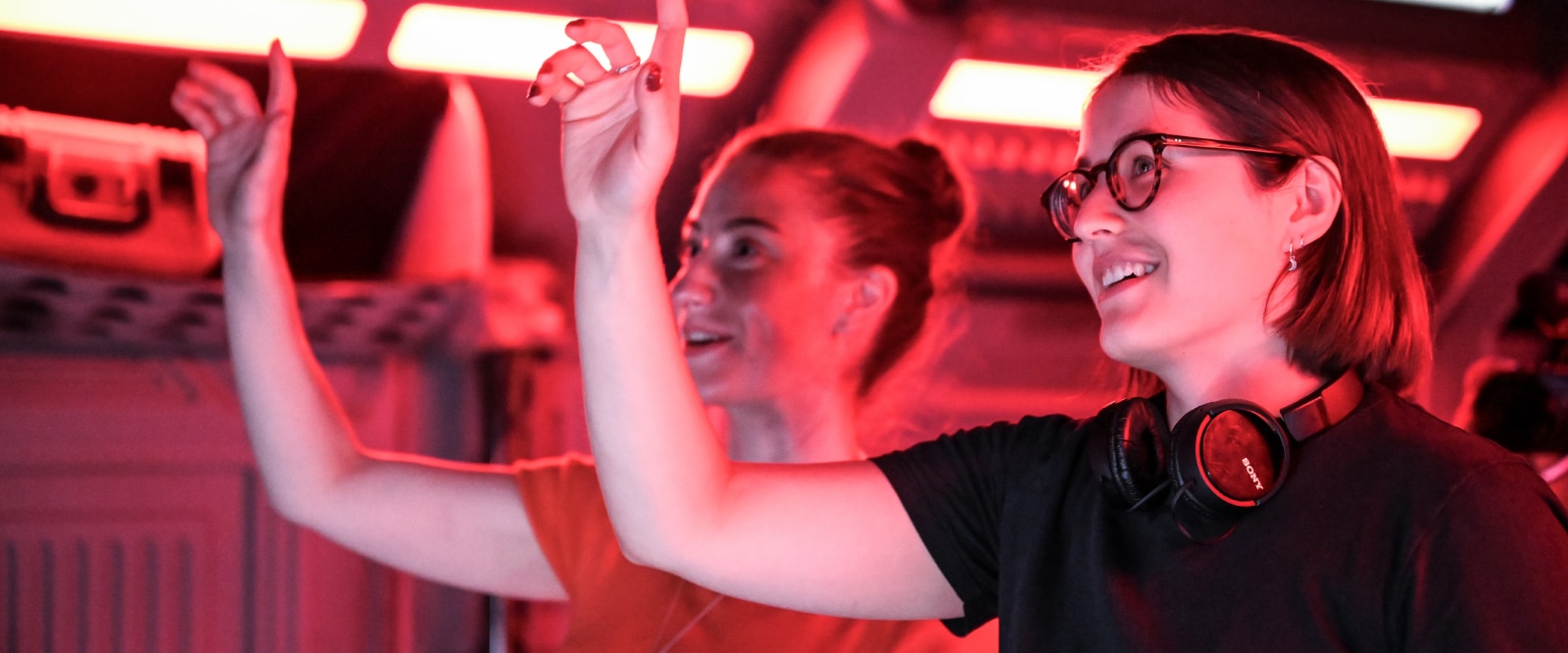
Virtual Realism
“The main creative challenge with shooting on green screens is that it requires a tremendous amount of imagination from the actors and the crew,” says Drane. “With the new Crystal LED panels, you have a virtual backdrop that’s incredibly realistic, and looking through the viewfinder the black levels of VERONA create a sensation of depth that make you forget you are looking at a screen at all”.
Our actors were a little nervous too. But when they walked around the corner and saw the Virtual Production set-up for the first time, you could see the relief flooding onto their faces. They didn’t have to imagine the setting or build up a world in their mind’s eye. It was right there for them.
Isobel Drane
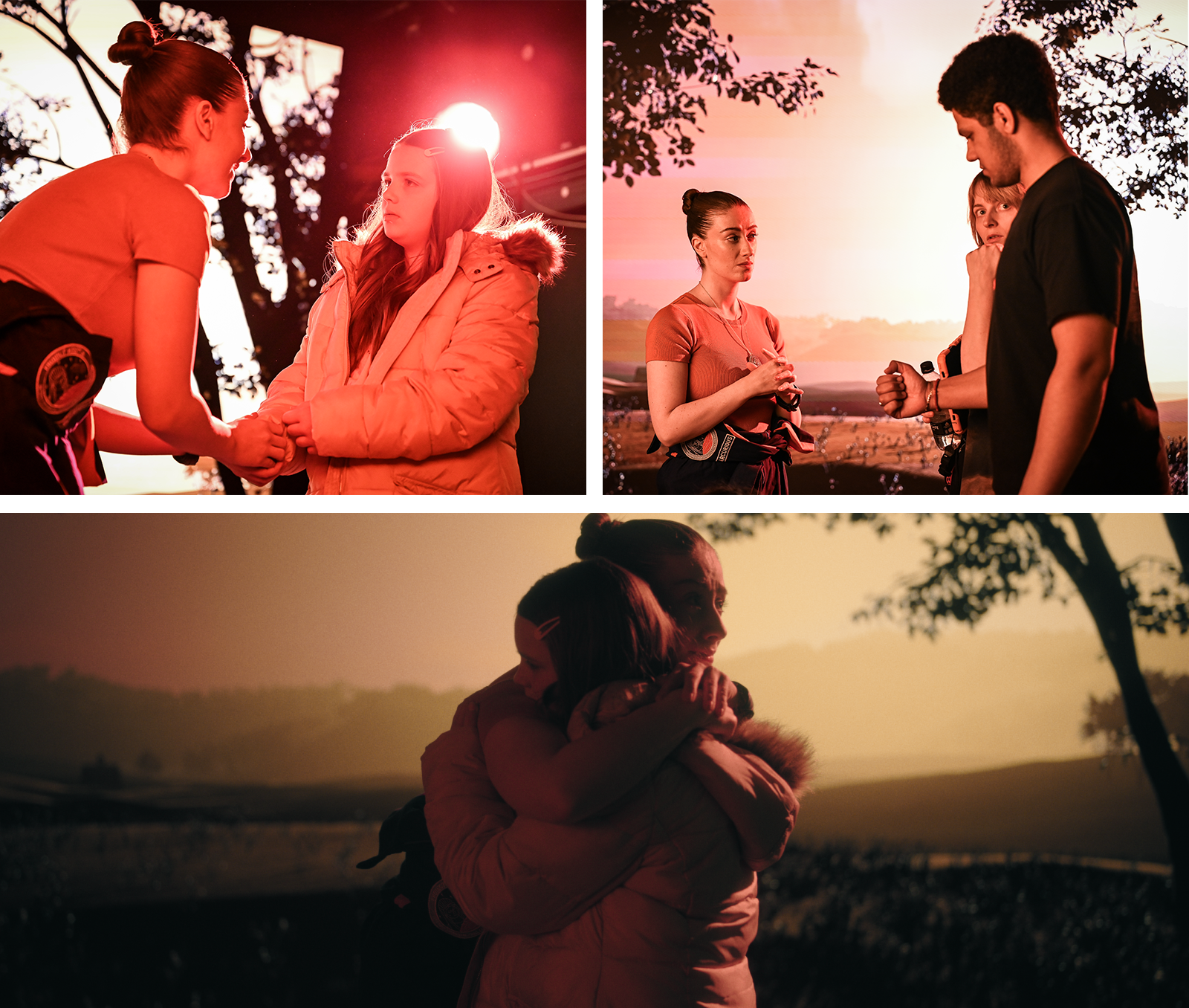
This realism proved invaluable for particular sequences, especially the Earth scenes, where there was no set at all. While the vivid images made it easier for the actors to deliver their best performances, the crew enjoyed remarkable flexibility in how they shot.
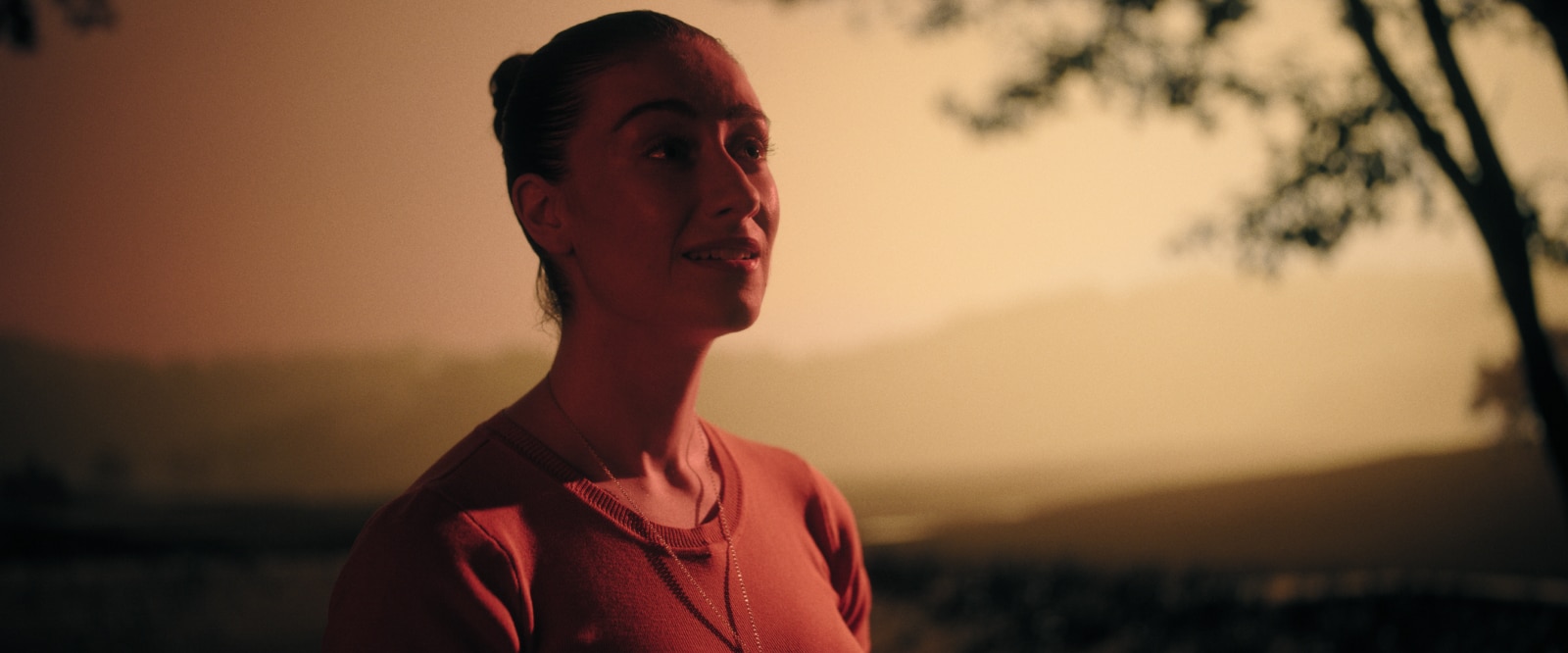
The high brightness and antireflective properties of VERONA allowed the production team to fill the room with light without worrying about washing out the LED. This created an immersive and emotional atmosphere in which camera operators could move freely in – not dissimilar to the demands of shooting on location.
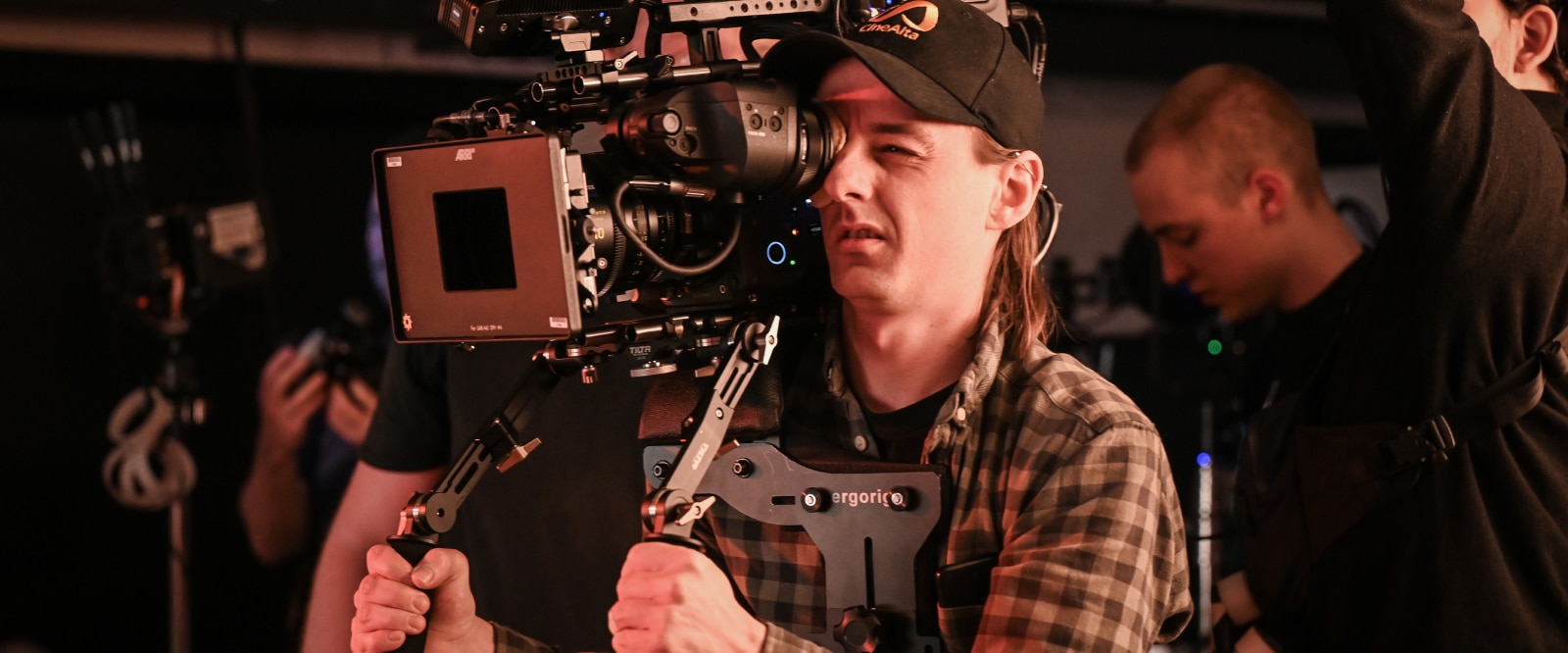
Shooting at Speed
The story required the camera to navigate the restrictive confines of the set, with many handheld shots, mobility and managing operator fatigue was crucial. This is why BURANO was chosen for a large portion of the film, its lightweight, compact design and ability to shoot RAW XOCN-LT, made it a good match with the VENICE 2 – which was used for the wider more VFX shots like the zero-gravity sequence.
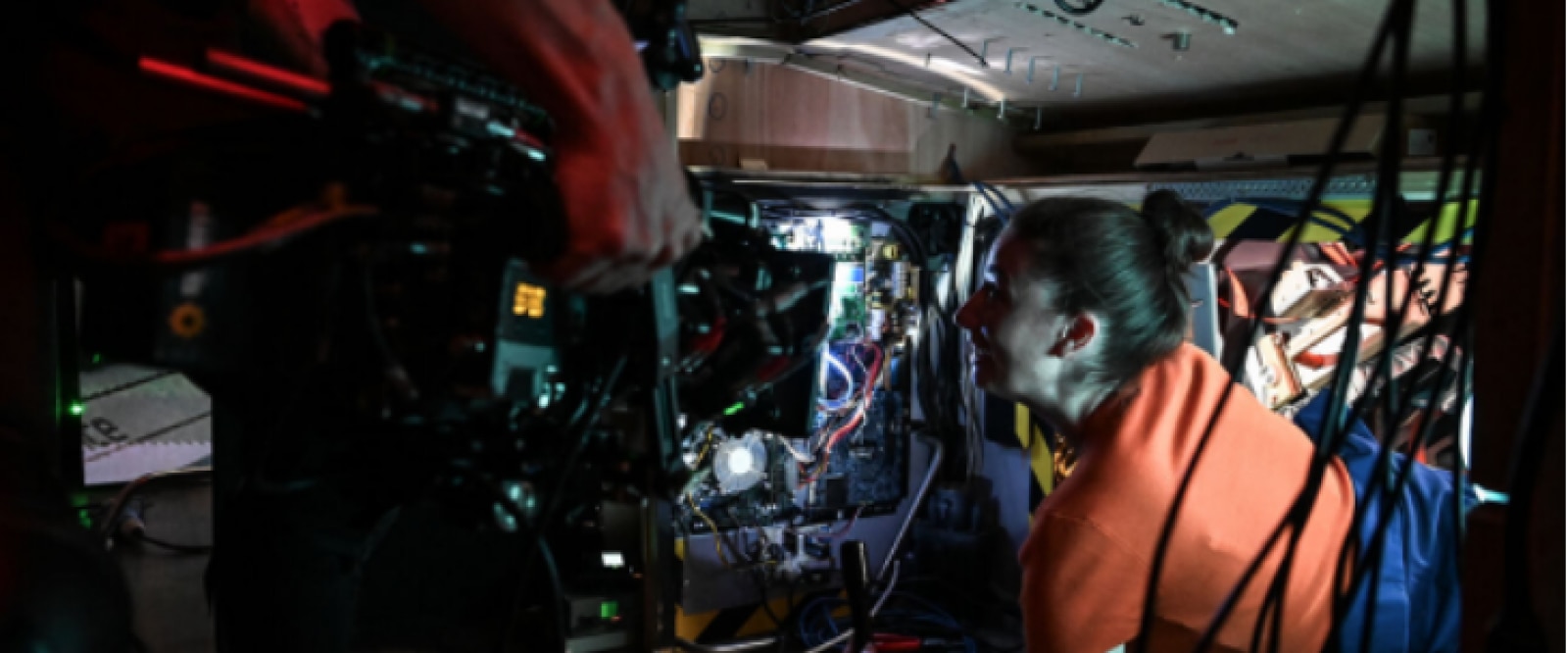
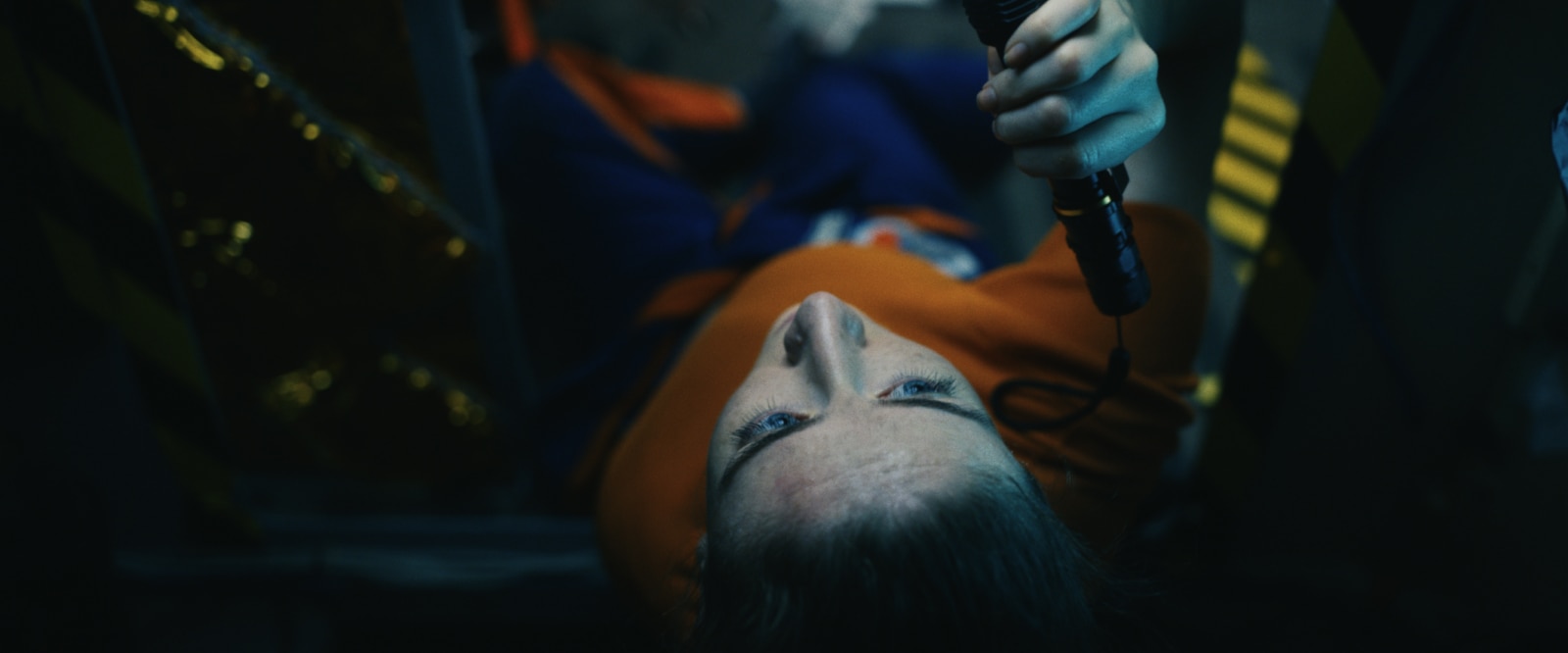
“It was a pleasure to be able to shoot at speed, knowing that we weren’t sacrificing any of the image quality or colour information we knew we’d need for VFX and the final grade”, says Lowley. “The combination of stunningly deep blacks and anti-reflection surface produced the most natural looking virtual background, and the cameras captured every nuance. Overall, the colour performance of the Crystal LED panels, BURANO and VENICE 2 gave us a colour pipeline that matched the real and digital worlds with seamless grace.”
A condensed shooting schedule meant that they had to use technology that could keep up with their pace. Using the virtual VENICE as part of the Virtual Production toolset allowed them to plan shots creatively and technically, avoiding artifacts like moiré. Working with green screens typically shifts much of the workload to post-production. However, for the Hestia directors, approximately 80% of the shots were captured in-camera, leaving only 20% for the visual effects team. This gave them the reassurance of seeing their vision come to life while still on set.
Download Virtual Production Tool Set
A unique solution to solve current pain points in virtual production. The Camera and Display Plugin for Unreal Engine lets you design the picture you need for your VENICE-powered virtual production. Calibrator ensures that the colours you visualize before the shoot match the colours that will appear in your dailies.





